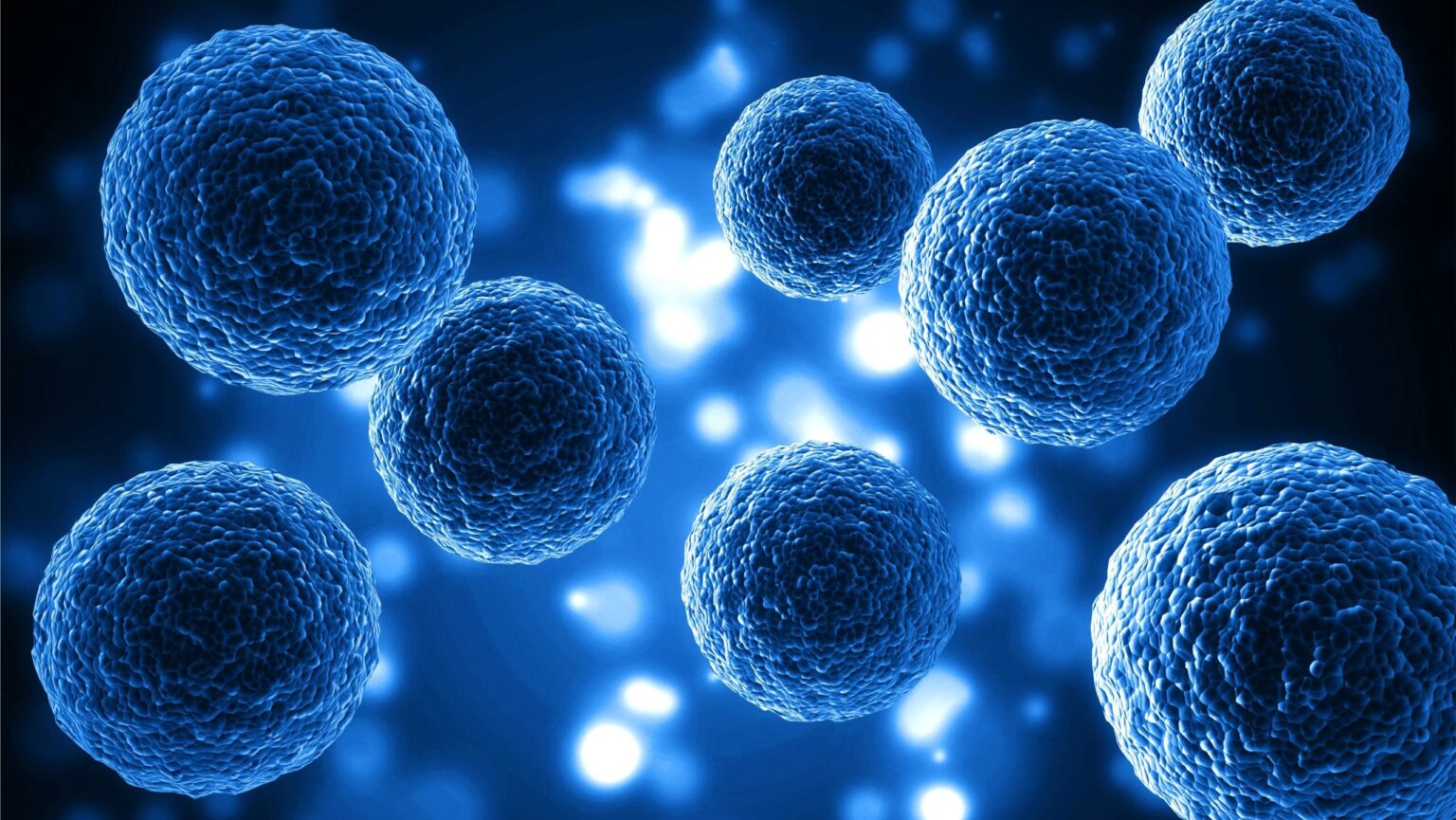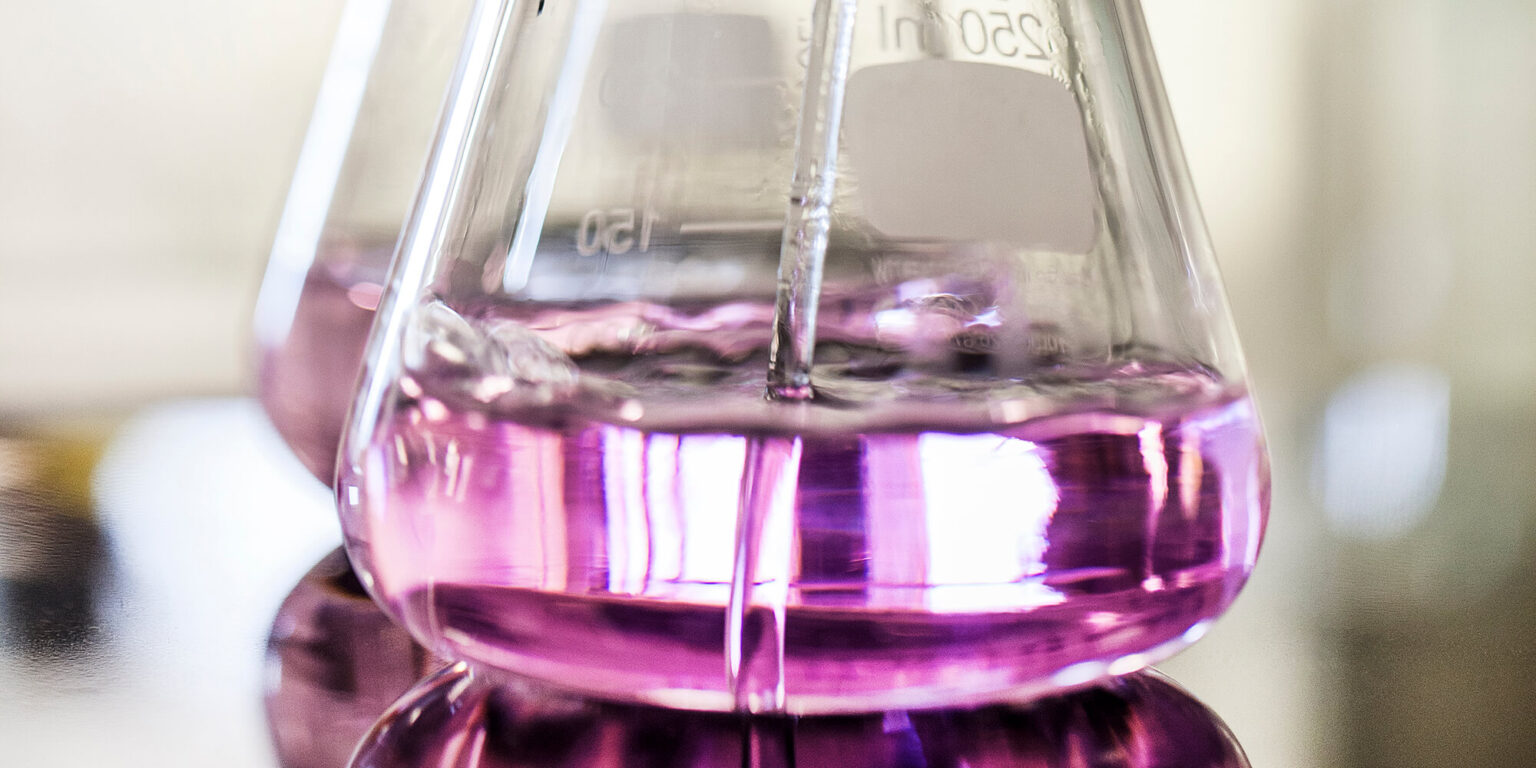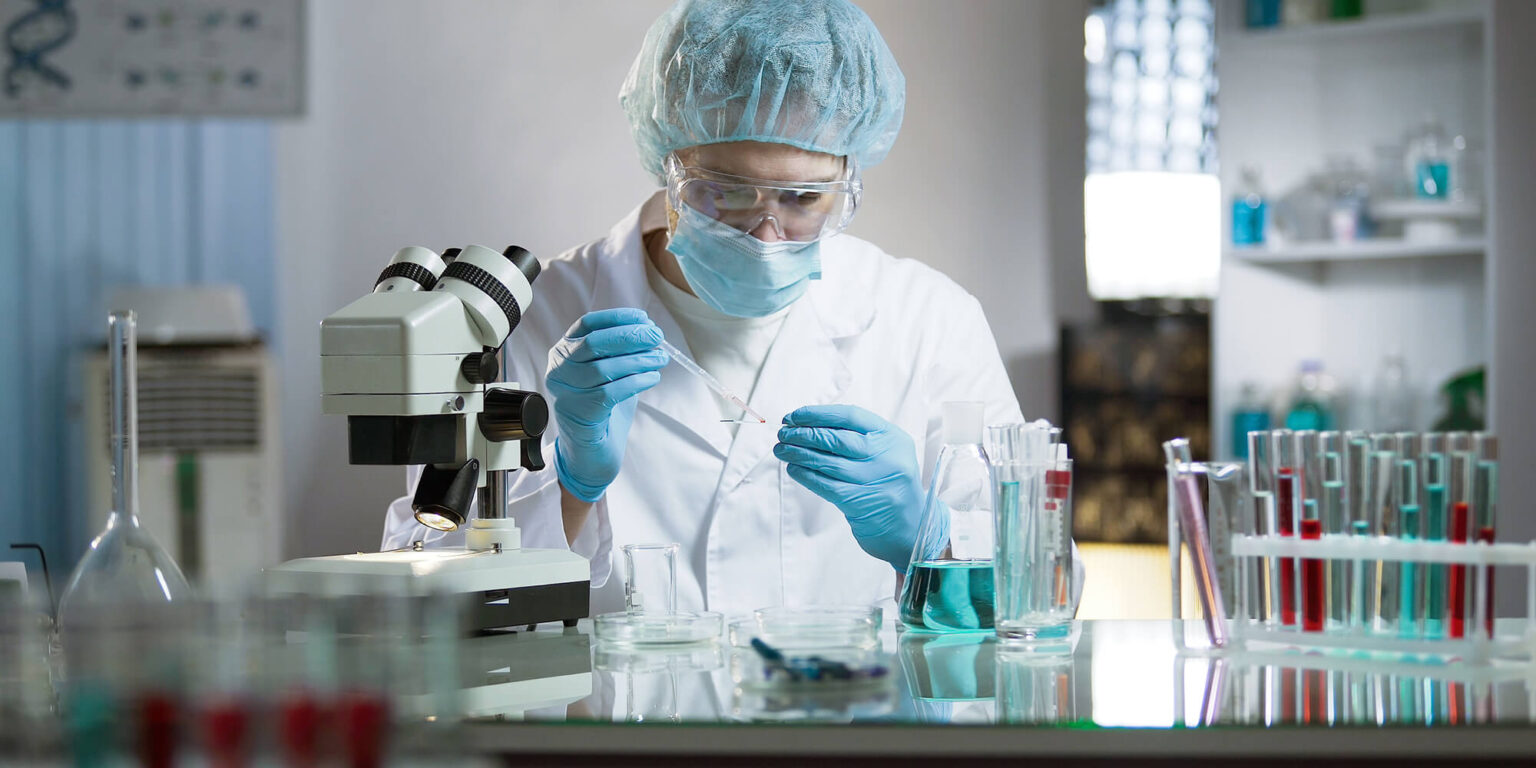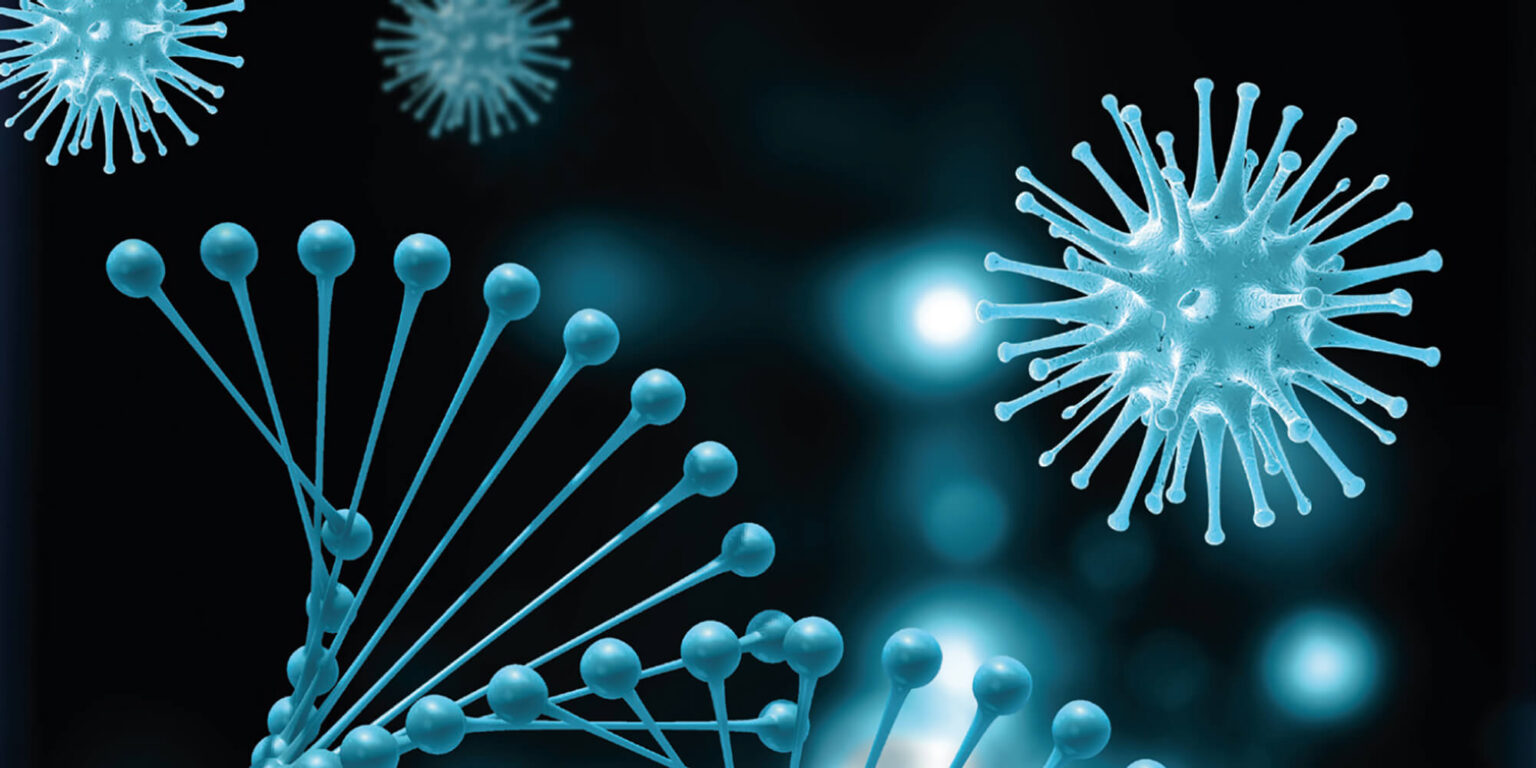Conclusion
This study highlights the benefits of incorporating Recombinant Insulin in hiPSC culture to enhance the quality and productivity of these cells while maintaining their stability. The addition of Recombinant Insulin to the culture media resulted in improved cell morphology, proliferation, and attachment, indicating better cell culture performance. These improvements were observed even at a low insulin concentration (5 mg/L). Moreover, the pluripotency markers remained unaltered following the addition of Recombinant Insulin, indicating that it does not affect the stability of hiPSCs in culture. These findings suggest that using Recombinant Insulin as an ingredient in the formulation of cell culture media can improve the consistency and reliability of hiPSC production, ultimately enhancing the quality of regenerative medicine drug products.
Background
The advent of human induced pluripotent stem cells (hiPSCs) has revolutionized the field of regenerative medicine by enabling the creation of patient-specific cells from any lineage. To ensure the consistent and reliable production of high-quality hiPSCs, adherence to current good manufacturing practice (cGMP) protocols is crucial. This study delves into the benefits of incorporating Recombinant Insulin in hiPSC culture to further enhance the quality and productivity of these cells.
Study description
To assess the impact of Recombinant Insulin on hiPSC cell culture, we examined changes in cell morphology, cell proliferation, cell attachment, and the expression of pluripotency markers.
hiPSCs were cultured in TeSR™-E5/6™ media supplemented with 100 μg/L of FGF2, 2 μg/L of TGF-b, and varying concentrations of Recombinant Insulin (5 mg/L, 10 mg/L, and 20 mg/L). Daily cell counts and morphology observations were conducted until Day 5. hiPSCs cultured in TeSR™-E5/6 without insulin demonstrated slow growth and spiky morphology, which is and indication of cell stress. hiPSCs cultured in the presence of Recombinant Insulin showed colonies with tight cellular packing and clearly defined colony borders, already at a concentration of 5 mg/L (Fig. 1A). hiPSCs proliferation in TeSR™-E5/6 supplemented with Recombinant Insulin was significantly higher than proliferation without insulin (Fig. 1B).
Figure 1A – hiPSCs morphology:

Figure 1B – hiPSCs total cell count (x10^6):

Figure 1: Representative images of hiPSCs morphology at different media conditions analyzed through brightfield microscopy on days 1-5 from one out of three biological runs. Scale bar = 500 μm (A). Total cell count at various concentrations of insulin, measured over 5 days. Mean cell count across three biological runs ± SEM. *p<0.05, unpaired t-test (B).
To evaluate the attachment of cells seeded as single cells or as aggregates, the cells were detached using either Accutase or ReLeSR, respectively. The cells were then cultured in TeSR™-E5/6™ media supplemented with 100 μg/L of FGF2, 2 μg/L of TGF-b, and 5 μM of ROCK inhibitor (ROCK inhibitor was only used for single-cell passaging). The culture media was supplemented with either 10 mg/L Recombinant Insulin or without it. The presence of Recombinant Insulin significantly improved the attachment of hiPSCs to the culture well, regardless of whether the cells were seeded as single cells or aggregates (Fig. 2).
To assess the stability of hiPSCs in culture with the addition of Recombinant Insulin, the expression of pluripotency markers (Oct3/4 and Tra-1-81) was measured on hiPSCs that had been maintained in culture for one passage or for a longer period corresponding to five passages (25 days in total). The expression of pluripotency markers remained unaltered (>95%) even after the addition of Recombinant Insulin to the culture media, both after one passage and after five passages, indicating that Recombinant Insulin does not affect the stability of hiPSCs in culture (Fig. 3).
Figure 2:

Figure 3:

Figure 2: Representative images of hiPSCs attachment at different seeding conditions (aggregate or single-cell seeding) and at different insulin concentration (with or without 10 mg/L insulin). Cell attachment analyzed through crystal violet dye staining analyzed 24 hours after seeding from one out of three biological runs. Scale bar = 500 μm.
Figure 3: Bar chart of pluripotency markers (Tra-1-81 and Oct 4) expression change after one passage and five passages.



